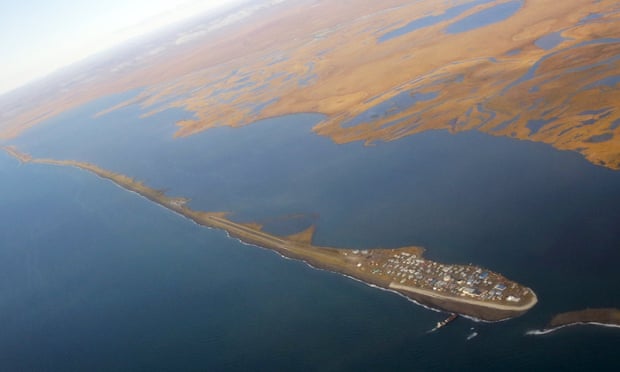The Smithsonian Institution in Washington, DC has long dealt with collection emergencies. One of the first major disasters in their history was a construction fire that broke out on January 24, 1865 in the Smithsonian Institution Building, lovingly known as the Castle. This fire started between the ceiling and the roof of the main hall when workmen accidentally inserted a stove pipe into the brick lining of the building, instead of into a flue. In another unfortunate twist of fate, Secretary Joseph Henry (1797-1878) had established a winter-time fuel conservation program throughout the building, causing the water-filled fire buckets located in the hallways to freeze in the frigid temperatures. The library and many early collections, including the papers of James Smithson, were largely destroyed.

Now, one hundred and fifty years later, colleagues at the Smithsonian Institution have come together to discuss the roles they play in the prevention, preparation, and response to collections-related emergencies. While the Smithsonian currently maintains a robust disaster management program, it focuses primarily on human safety, which no one would argue comes first in any emergency. However, recognizing the need for planning for collections, staff has recently developed a concept for the Institution called PRICE, or Preparation and Response In Collections Emergencies.
The Smithsonian Institution policy on emergencies is encoded in Directives. Two directives that pertain to stewardship for collections in emergencies are: Smithsonian Directive (SD) 109 and SD 600. SD 109 sets requirements at both an institutional- and unit-level for emergency management pans. SD 600 establishes policies and standards for all aspects of collections management, which includes emergency management.
Two recent and notable emergencies sparked this reevaluation of collections emergency preparedness – the collapse of the Garber Facility in 2010 due to the weight of snow on the roof, and an earthquake in the DC region in 2011. Several areas for improvement were identified from these events:
- Training for all staff. There is a need to effectively inform staff about proper lifesaving responses to specific emergencies (such as earthquakes), the Incident Command System, and procedures for access to affected facilities.
- Training for collection emergency response staff. There is a need for training on safety, related to collection-based hazards, post-damage assessment methods, and salvage techniques for specific media types.
- Quality control during installation and inspection of storage furniture.
- Design of storage housing and exhibit mounts to minimize damage in the event of a future seismic event.
- Collections spaces to tolerate risks, such as and earthquake or flood.
In the context of these recent emergencies, the Smithsonian has been approaching preventive conservation initiatives pan-institutionally. For example:
- “Strengthening collections” is listed as part of the Institution’s strategic plan, as is broadening access
- Through the National Collections Program (NCP), there are four leadership groups currently addressing collections stewardship: Collections Advisory Committee, Collections Space Committee, Digitization Program Office (DPO), and several media-specific initiatives.
- The Collections Emergency Working Group, which formulated the PRICE initiative, brought together collections managers, conservators, physical security specialists, NCP staff, and facilities professionals.
The Collections Emergency Working Group recommended that in the event an emergency involves collections, the Emergency Operation Center and National Collections Program will have the PRICE team of collections responders to assist and activate response and recovery. Since the Smithsonian uses the Incident Command System (ICS) for emergencies, the PRICE team would fit seamlessly into its structure as one of the reporting groups to the incident commander. For more information about ICS in libraries, archives, and museums, check out David Carmichael’s book on the topic.
The PRICE committee structure will be that of six members and a chair. (Samantha Snell joined the NCP in March 2016 as the PRICE chair.) The team will follow the emergency life-cycle of preparedness, response, and recovery, and consists of three concentrations that must be addressed throughout an emergency – policy and procedures, training, and logistics.

Just remember that the PRICE initiative does NOT replace or duplicate emergency command centers (ECCs) or replace unit plans. However, it DOES enable ECCs, synthesize planning efforts, develop capacity, foster Smithsonian sharing, and take as models, the Alliance for Response and Cultural Recovery Center.
This concept is now in its initial implementation phase at the Smithsonian, so stay tuned for more exciting news about this initiative!



